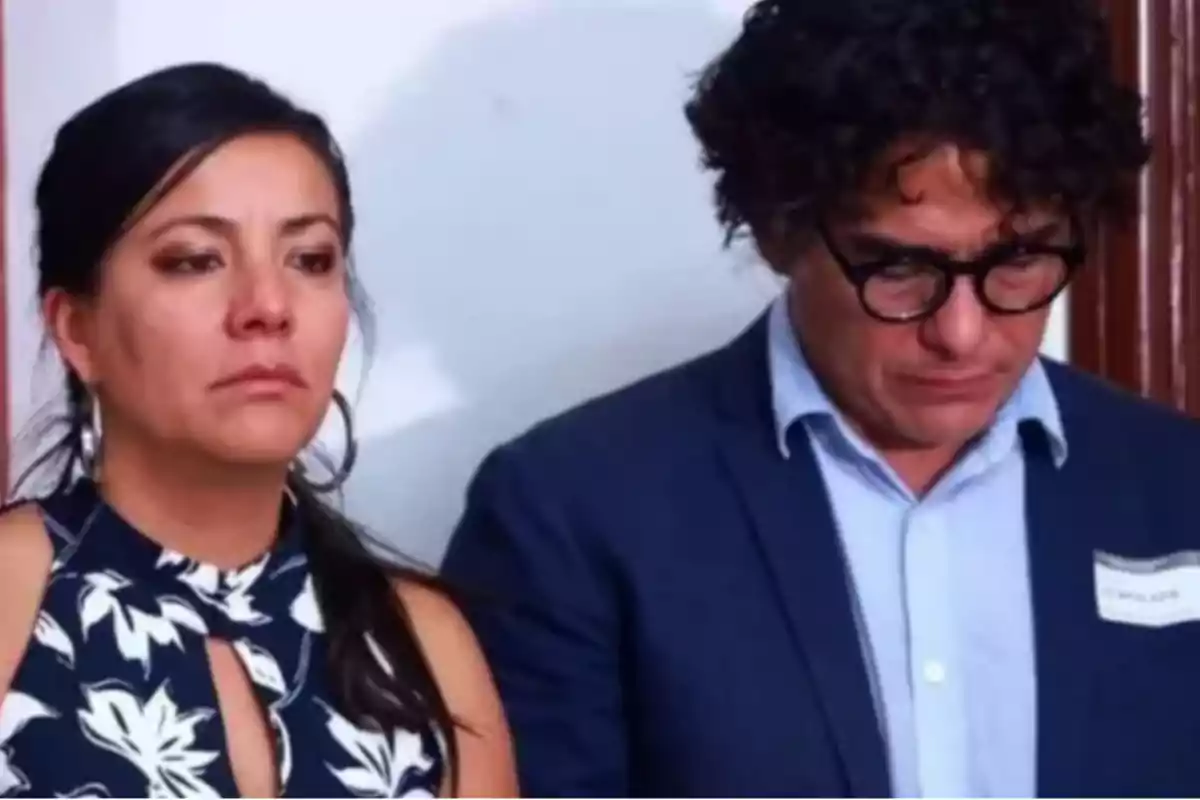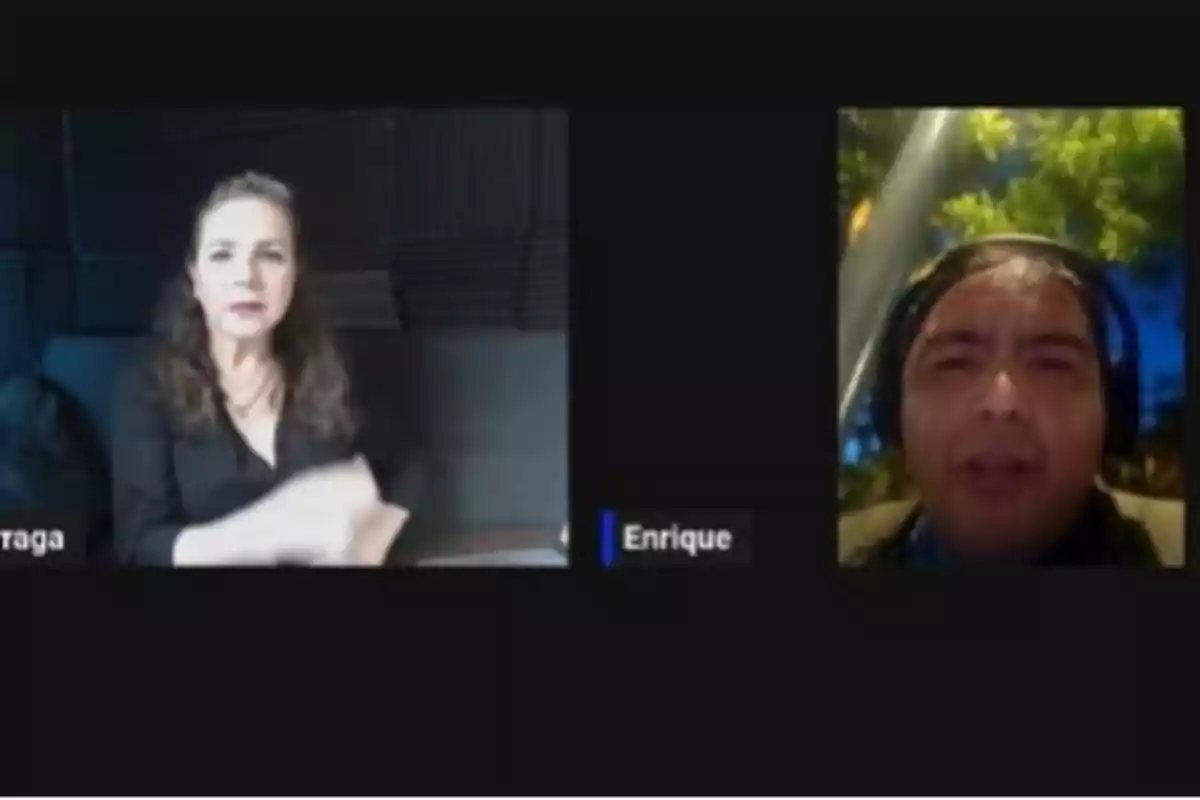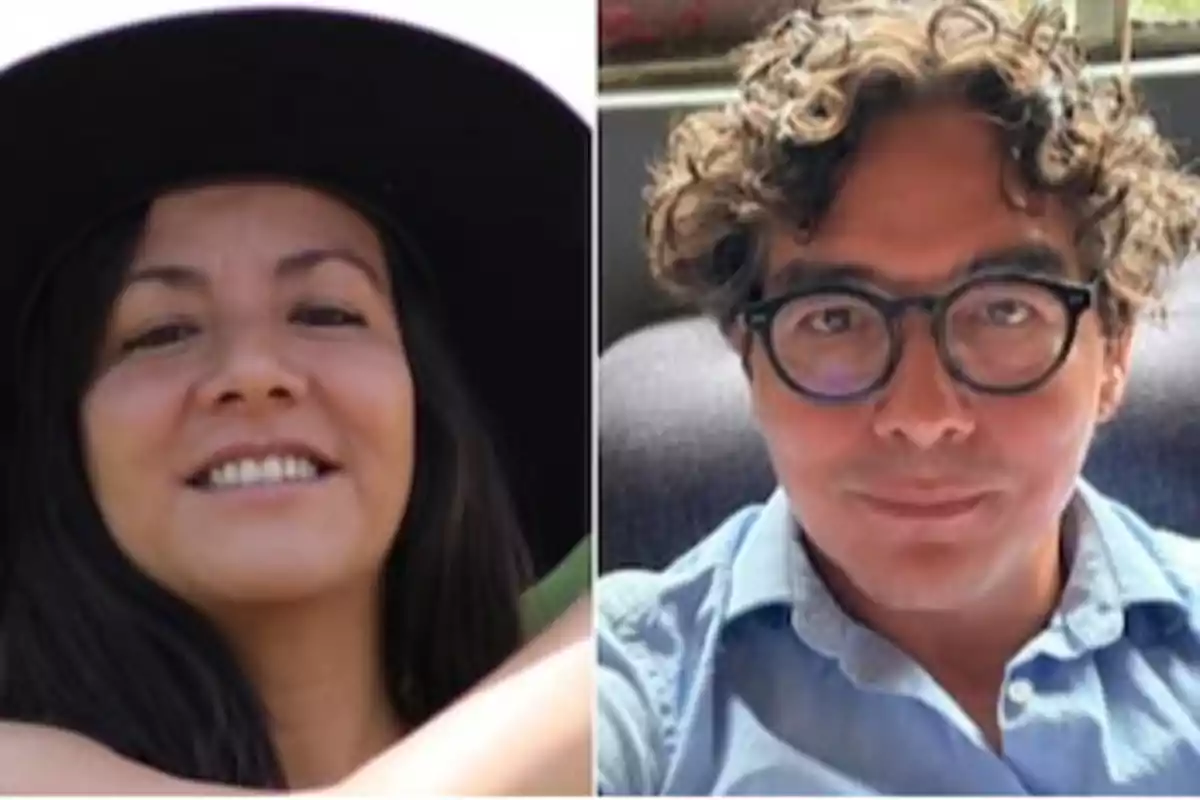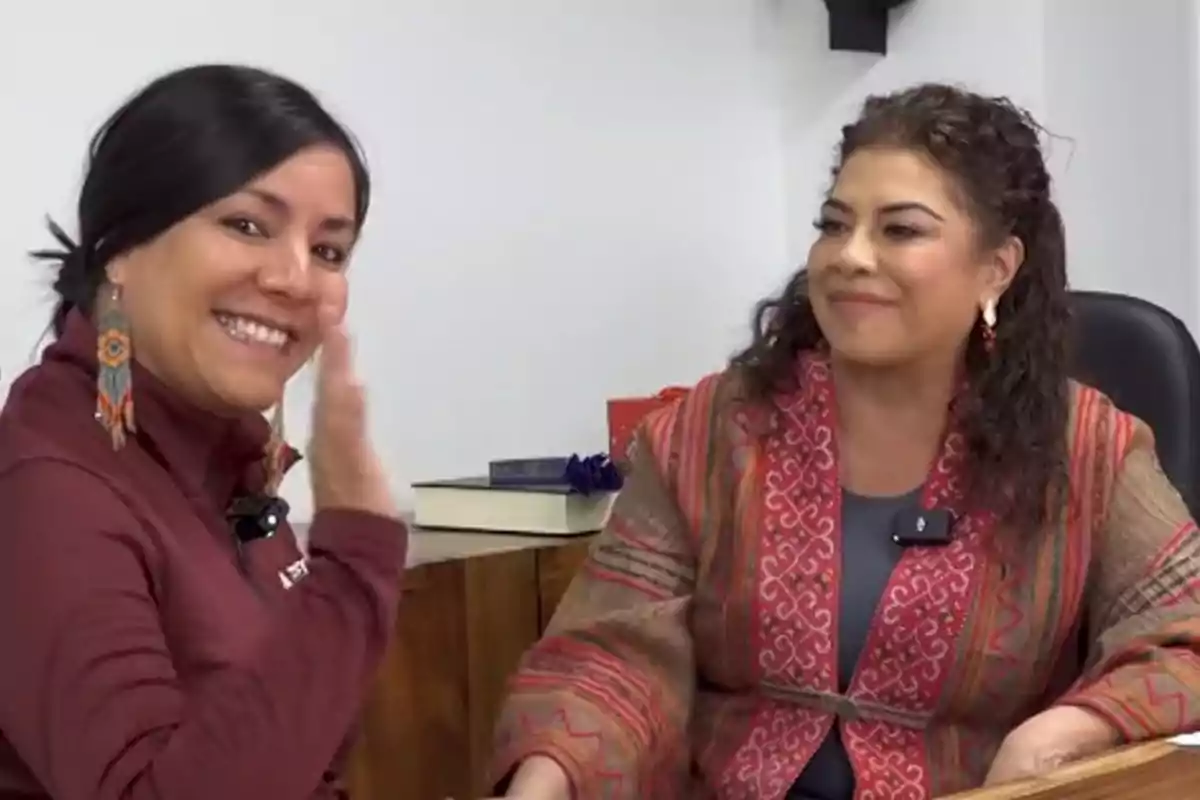
Murder of official close to Clara Brugada exposes corruption network in CDMX
Testimonies reveal extortion, abuse of power, and institutional complicity behind the crime
The recent murder of Ximena Guzmán and José Muñoz has unleashed a wave of accounts that are far removed from the official narrative. Both were close figures to the team of Mexico City’s Head of Government, Clara Brugada.
However, far from being simple public officials, their activities were varied and even questionable. According to various testimonies, both operated a corruption network and abuse of power from within the capital’s government.

Ximena Guzmán handled illicit money, according to witness
According to statements from former public official Jorge Enrique Terán, who worked in the capital’s penitentiary system, Guzmán operated from the shadows with direct access to the Head of Government. She gave orders to move drugs, boxes of money, and top-level goods to and from the prisons, as if it were a private business.
Terán, who earned minimum wage as a public official, refused to obey an order: to enter Reclusorio Norte with an official van loaded with money. The order came directly from Guzmán. His refusal led to workplace persecution and threats.

"After I refused, that's when they made my life impossible at work."
The testimony also links Guzmán to the systematic collection of “tithes” from government employees. She is accused of demanding commissions from loans and favors within the penitentiary system. This practice dates back to the old PRD, when Brugada was already operating with a logic of institutionalized extortion.
In addition, other implicated parties include Brugada’s relatives, who allegedly controlled the rental of cell phones in the prisons. These devices were used for extortion networks, even allowing luxuries such as dormitories with German brand products.

"She got greedy and didn't respect agreements," says former official
Guzmán’s murder was not a random attack, but rather a settling of scores within a corrupt and voracious structure.
Terán stated that the officials began to demand exaggerated quotas from prison directors, which caused multiple conflicts:
"Her attitude didn't help, they were arrogant. But what I can attest to is that they took the money in buckets, in tamale pots. It's a lot of money that accumulates in each shift."
The witness detailed how control of the penitentiary system deteriorated. According to him, "Clara’s people" demanded increasingly higher amounts, breaking existing agreements.
"The people I know who are still there say they got greedy. They started demanding exaggerated quotas, when there was already a previous arrangement."
The witness told Los Angeles Press, in the United States.
"But Clara’s people said they had to give more, that they would cover that portion. That's what this girl did. That's why, the brutal murder."
Corruption network protected from the top
The complaint of technological cover-up of the double homicide of Guzmán and Muñoz is added.
According to video surveillance expert Rómulo Catalán, C5 cameras were tampered with and the area was cleared to facilitate the crime. The expert speaks of institutional complicity in a planned attack.

Guzmán’s case exposes not only personal corruption, but a system of complicity, threats, and shared benefits between criminals and authorities.
Far from being a martyr, Guzmán would have been a key piece in a corruption system that ultimately collected its own debt.
More posts: